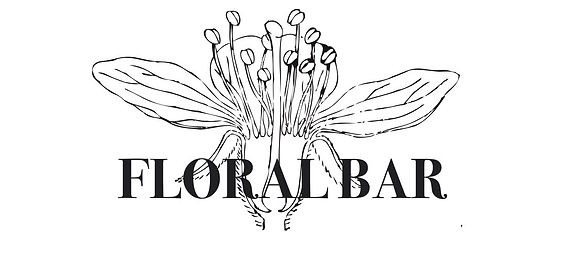MIDWEST SPRING PLANTINGS: Spring vs Summer Annuals
- Leah Marie

- Apr 8, 2019
- 3 min read
Updated: Mar 29

Ever wonder why your plants die in the spring, you buy these pretty flowers from a store, plant them and then boom they die, dang it! WHYYYY? I WANT TO ENJOY MY FLOWERS during these chilly and still little frosty days of spring!!!
In the Midwest, our springs are stunning, with the pops of snowdrops and crocus to remind us that winter is at bay. Most Midwesterner know that we will have these random summery days in the spring and then next day it will snow. You get excited and your grocery shopping or grabbing a tool at a big wig store and there it is a stunning hydrangea plant; you must buy it and plant it today! So, you do it, you buy the plant, you get summer excited and go if you give a mouse a cookie on the plant when you get home with all of your new spring energy.
Boom, 2 days later the frost got your new piece of joy. Your new glimpse of hope is brown, reminding you that you suck, and you have to walk by it every day on the walk into your door.
Well, we are here to help you understand the difference between the annuals. This way not only your Spring plant buying joy can or will not make you so defeated. So, you can enjoy your flowers and feel more empowered.
There are cold-weather annuals and annuals that thrive in the cold weather so let us focus on the cold for now. The trick is the weather, we at Floral Bar are just as eager to plant as you, but we know we have to listen to mother nature, she is THE BOSS.

Cool weather annuals are amazing, here is the list of a few, violas, pansy, ranunculus and primrose.
Here is an example of cool weather annuals containers that can be planted March - May (prior to Mother's Day).

Pay attention to the temperature, for cool weather annuals, it is ok to plant in the early spring when temperatures are hitting 35 and at night there might be some frost and even snow.
Warm Weather Annuals:
When and how to start planting cool-season annuals is slightly tricky, did you check the night temperatures? Even a dip under 35 will cause the buds of your spring flowers to freeze, meaning fewer flowers, that's no floral bar.
We recommend starting with pansies, violas and primulas are the most cold-tolerant and can even take a dusting of snow. Cool-Season Annuals thrive even when nighttime lows hit freezing. Most demand plenty of moisture so be ready to water during these chilly months.
Once it starts to warm up a bit then we add a few more spring annuals that do not mind the cold but hate the frost.
When daytime temperatures regularly start getting to 80° and 85°F, cool-season annuals start to blow-out and fade, their flowers shrivel and blooming stops.
Warm weather annuals,
Plant warm-season seedlings outside after all danger of the frost has passed. This is around May 15th for most Northern midwest states.

Warm-season annual flowers and edible plants are more like we humans—almost warm-blooded, so to speak. They will not tolerate any frost and have to be planted after all danger of frost is passed. They need warm soil and warm air to take off, so their seeds should not be planted directly in the soil until the middle of May, or even early June.

Warm-season annuals are a little less complicated. These are the annuals that are standbys of the American summer flower garden: impatiens, marigolds, petunias, geraniums, annual salvia, celosia, zinnias, and more. Many are natives of the tropics, and so it follows that they like it warm. Frost kills them. And even if there's no frost, planting warm-season annuals too early in wet, cold soil makes them sulk and do nothing. Plus, for these warmth-lovers, this damp time is a welcome letter for diseases and pests.
Hope this helps you, garden gurus.
XO,
Leah

Topics, questions let us know leah@floralbar.com
_edited.jpg)





Comments